5 mistakes you make when applying fertilizer to your yard
Are you guilty of making any of these mistakes when applying fertilizer?
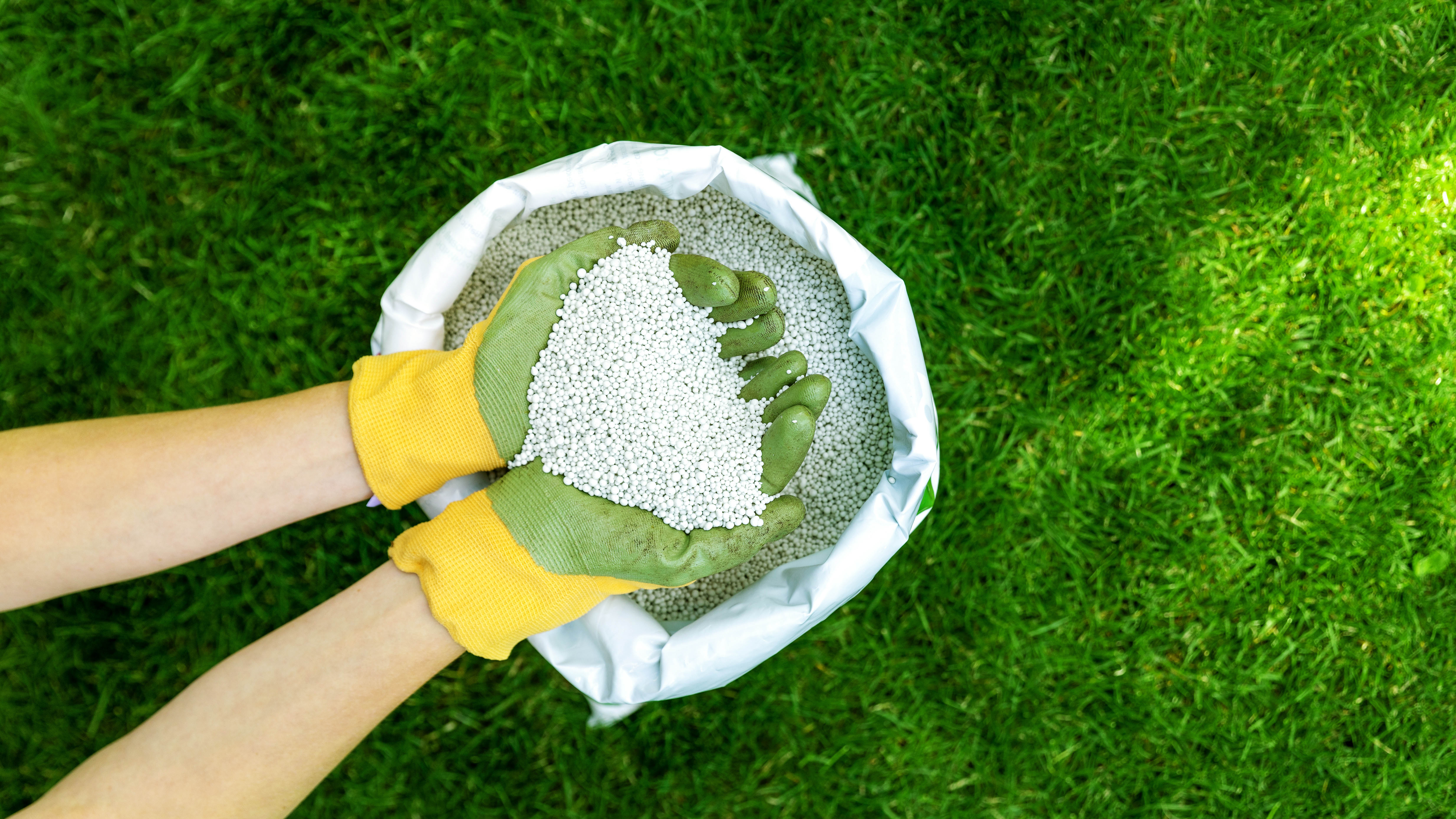
Now we’re well into spring, plenty of gardeners have started revisiting their yards, giving their lawns and flower beds some much-needed attention. Whether you’re learning how to aerate a lawn, or how to prune hydrangeas, there’s plenty that can be done to revamp the outdoors in time for summer.
One such task is applying a fresh layer of fertilizer. This can improve the available nutrients in your soil and ultimately promote growth.
But, just as there are 9 mistakes you’re making when planting grass seed, there are mistakes to be made when it comes to fertilizer too.
You can make these errors at any stage of the process — even before you’ve applied the fertilizer. And should you trip up, it will impact the effectiveness of the fertilizer as well as your yard's growth. You might even be doing more harm than good. If you’re keen to learn all about it, we’ve rounded up 5 common mistakes you make when applying fertilizer to your yard.
1. Using too much or too little
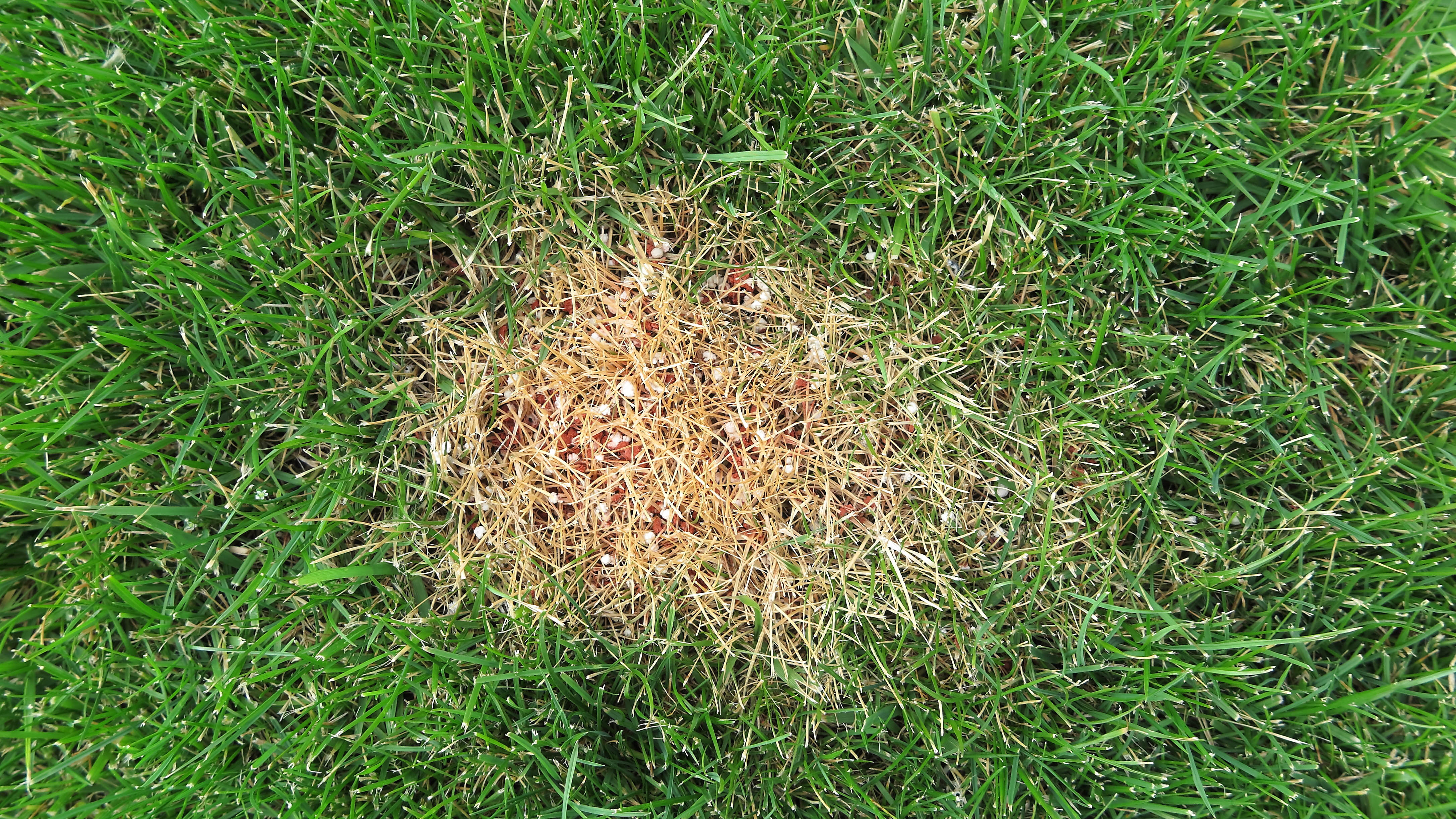
The first and most obvious mistake is using the wrong amount of fertilizer — this refers specifically to synthetic fertilizer. Because fertilizer aids growth, it’s all too tempting to over-apply ‘just in case’. But, this is no good thing. Over-applying synthetic fertilizer can actually damage your lawn and plants. It can burn the ground and leave scorch marks behind — this is a consequence of there being too much salt and nitrogen in the soil. Leaves will yellow and brown to indicate fertilizer burn, causing ugly patches to crop up in your lawn.
Over-application of fertilizer can also cause a plant to grow suddenly and excessively, which the root system just can’t keep up with. As a result, it can’t absorb a sufficient amount of water or nutrients to maintain the plant. Plus, in terms of grass, you’ve got more maintenance to account for as the lawn will need mowing more regularly. In any case, over-application should be avoided, particularly as it’s so difficult to recover from.
At the same time, you don’t want to underapply your fertilizer. While it can be detrimental if over-applied, it's far more beneficial to apply it than to not. Without fertilizer, your soil will lack the essential nutrients to promote healthy growth — so your lawn and plants will struggle to thrive. With your fertilizer applied correctly, you’ve got a much better chance of growth and much happier plants.
Get instant access to breaking news, the hottest reviews, great deals and helpful tips.
If you’re ever unsure of how much fertilizer you need to use, check the packet instructions. Make sure you measure out your lawn correctly to calculate the application rate for your grass.
2. Applying it unevenly
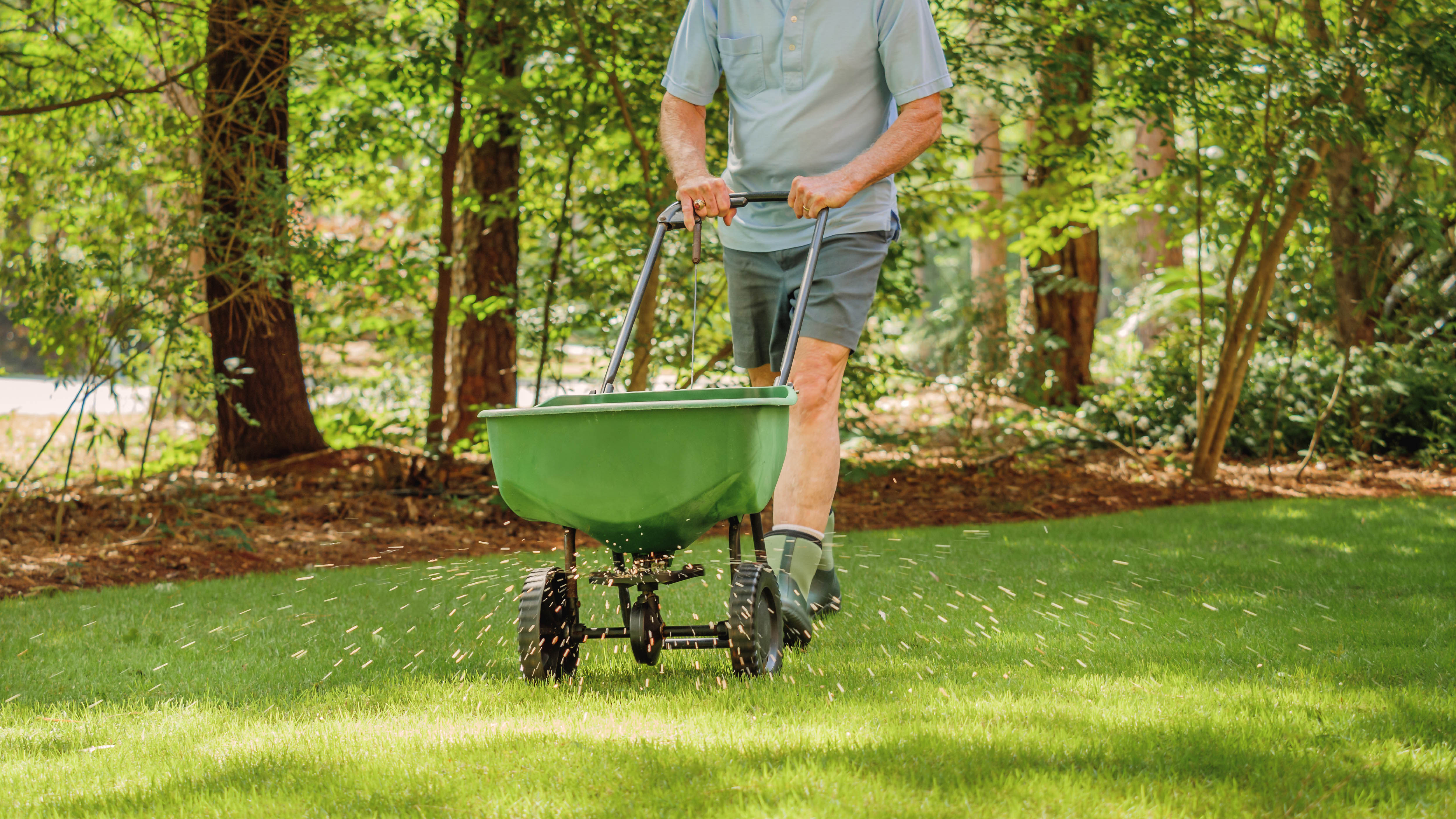
Even if you use the right amount of fertilizer, the next mistake comes during application. We’re talking about applying it unevenly.
If you apply your synthetic fertilizer unevenly, spots can end up with too much or too little, resulting in the same problems as mentioned in mistake number one. It’s all too easy to do this if you apply your fertilizer by hand or manually, using an item such as the Ezisoul Seed Spreader ($11.99, Amazon). That’s why we only recommend fertilizing by hand if you’re covering a small space, where you can easily see your distribution. Liquid fertilizer is usually attached to a hose and spread by hand. So extra care will need to be taken to ensure it’s applied evenly.
Otherwise, for larger spaces, such as fertilizing the lawn, you should use a dedicated spreader. An example of this would be the Scotts 76232 Turf Builder EdgeGuard DLX Broadcast Spreader ($77, Amazon). You can then use a recommended setting to keep up a consistent spreading rate. Although, bear in mind that you’re still controlling the spreader, so you need to continue moving at a steady rate and cover the entirety of the space yourself. This will be much faster versus spreading by hand. Always wear protective gloves and goggles when handling fertilizer.
Do not fertilize your lawn on an overly windy day — this could displace the product as soon as it’s applied, resulting in uneven application. Make sure sudden rainfall isn’t likely to wash it away either.
3. Using the wrong kind of fertilizer
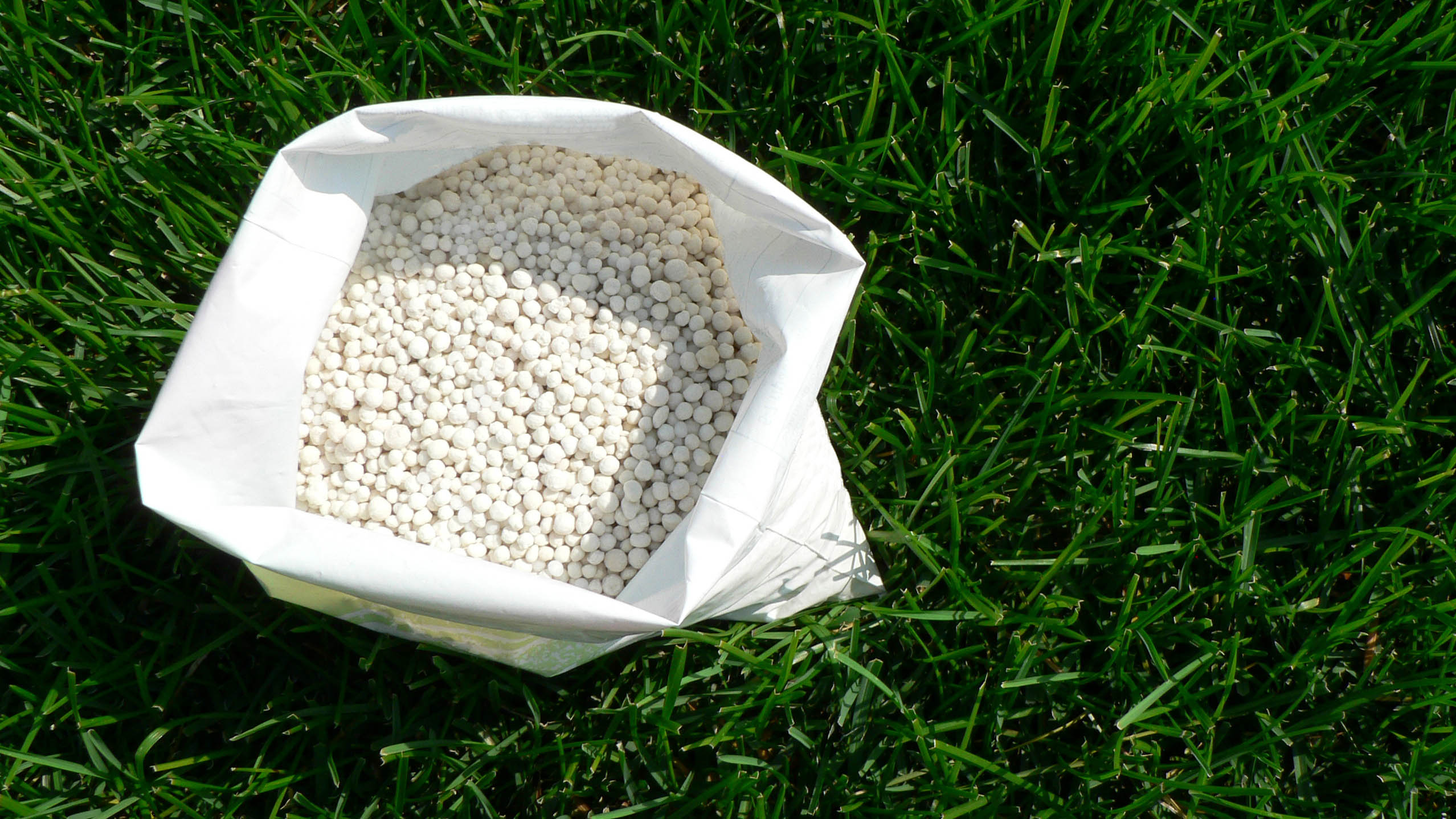
There’s all kinds of fertilizers on offer at your local garden center, so it can be difficult to choose. Going back to basics, there are two fundamental types — organic and synthetic. Organic fertilizer is made from natural material and includes the likes of manure and compost. While synthetic fertilizer is composed of chemicals — examples include ammonium nitrate and potassium sulfate.
Organic fertilizer will break down and biodegrade, plus you don’t have to worry about it causing chemical burns as mentioned in point one. But, it’s slow to work, and often messy to apply. Whereas synthetic fertilizer offers fast results and it’s easier to handle, but you’ve got the risk of over-application. There’s no right or wrong answer here — whichever you opt for will depend on your needs and preferences.
Synthetic fertilizers are generally the more popular of the two, and are the more cost-effective. But, there’s quite a selection to choose from here as well. Some will focus on adding additional chemicals to the soil to improve the conditions, such as phosphate or nitrogen. While others may focus on weed removal as part of its purpose. An example of this would be the Scotts Turf Builder Weed and Feed ($28.01, Amazon).
Before you choose your fertilizer, use a soil test kit to check the conditions of your soil. We recommend the MySoil Soil Test Kit ($29.99, Amazon). Once you’ve done this, you can consider whether additional chemicals may be beneficial in your fertilizer. If weeds are abundant, a fertilizer which can actively kill these can also save you some hard work. That way, you wont need to learn how to get rid of crabgrass or how to get rid of dandelions.
4. Not prepping your lawn
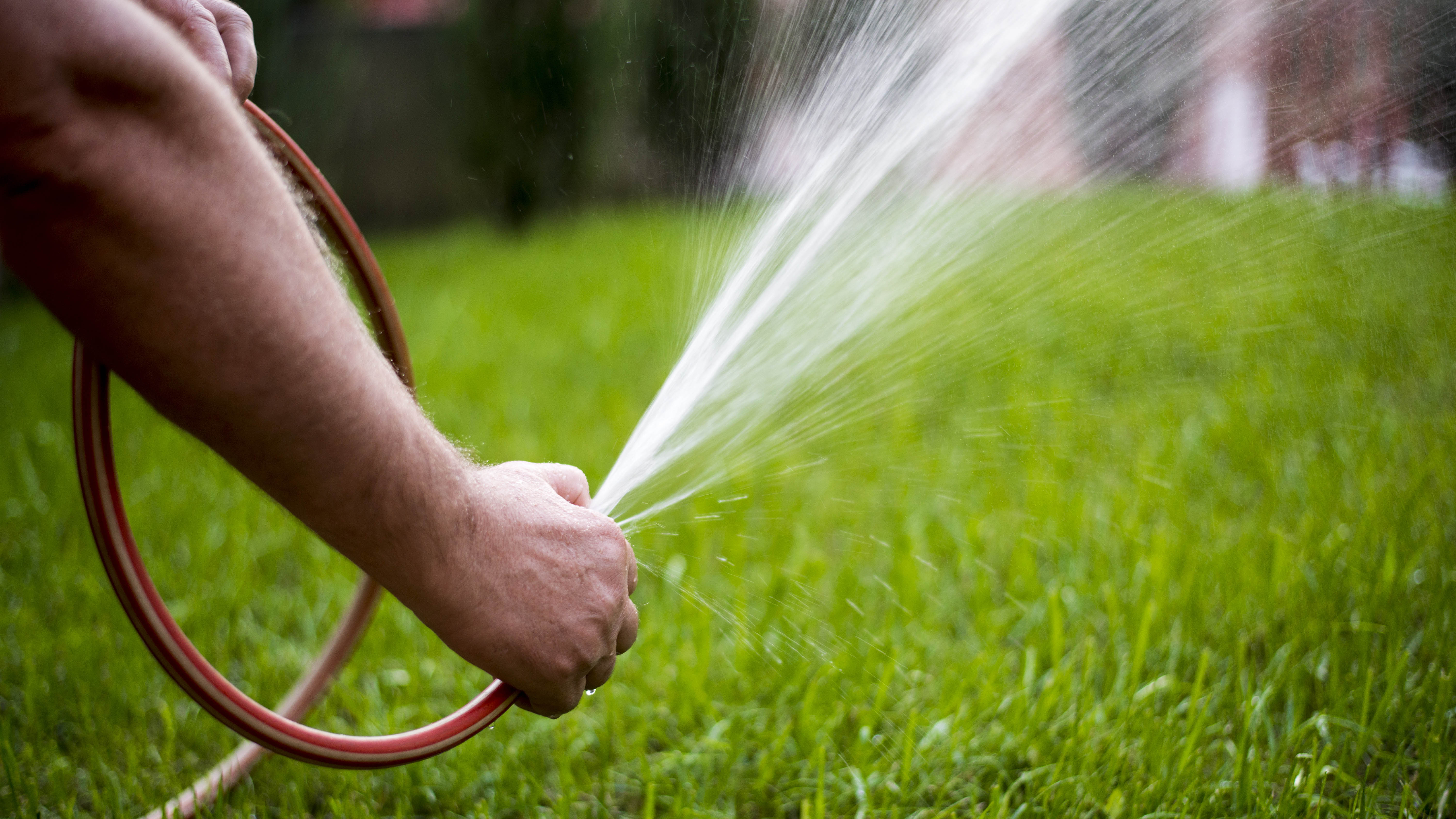
If you apply your synthetic fertilizer straight to your lawn without prep, it won’t be as effective as it could be. First, you need to ensure you water your lawn a day or two before you plan to apply a granular fertilizer. This leaves the soil moist and more liable to absorb the fertilizer. It’s a good idea to do this before applying liquid fertilizer too, otherwise you could risk burning the roots in overly dry soil. But, always follow the instructions on your fertilizer in case they advise otherwise.
If you want to give your fertilizer an extra boost, it can also be good to learn how to aerate your lawn beforehand. This is time-consuming and messy, but it allows the soil to breathe better, improving air circulation for future roots and better penetration for the fertilizer, ultimately aiding growth. If you’re aerating your soil, you will also need to know how to plant grass seed for a fresh lawn.
Once your synthetic fertilizer is down, you’re not quite finished. Depending on the kind you’re using, you will need to water the ground again at a later stage. This is important, because if you forget to do it, it can leave chemical burns on your plants and grass.
Some may need to be watered-in immediately. Others may require a 24-hour delay, particularly if they contain weed-killing properties. Check your packet for full instructions. You can take account of the weather as well, if the forecast happens to be rain — just make sure it’s not a heavy downpour because this can wash your work away.
5. Applying it at the wrong time
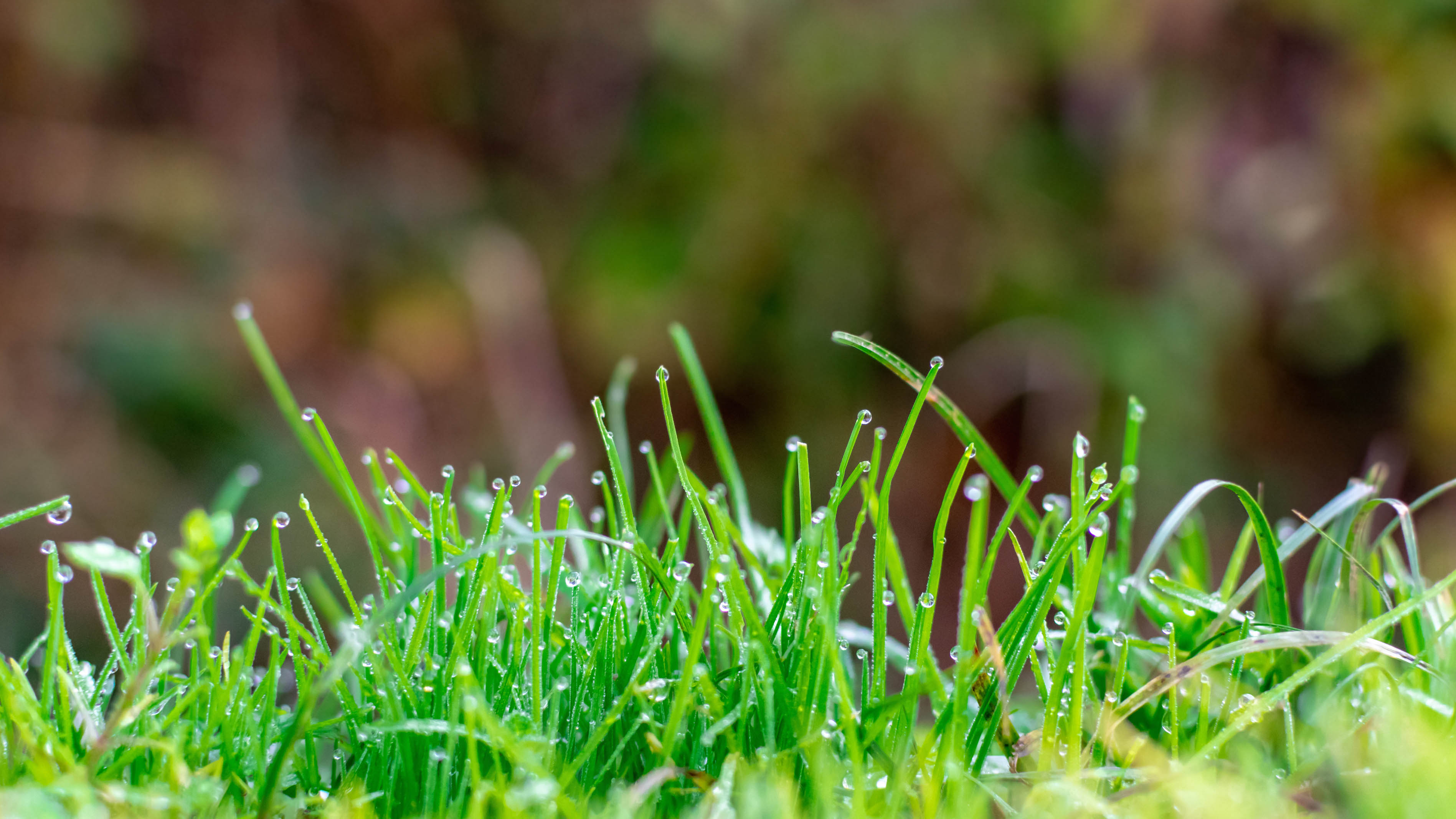
There’s a time and a place for everything, and the same can be said for your fertilizer. Depending on the type you’re using, you can fertilize your lawn several times a year without incurring damage, but you don’t want to overdo it. Twice a year is recommended for slow-release fertilizers, although some experts encourage up to 4-5 treatments, while fast-release fertilizers may need to be applied more regularly to maintain the nutrient levels. Always refer to your packet instructions for guidance and make sure you leave enough time between applications.
The best time to apply your fertilizer will also vary slightly depending on the type of grass you’re growing as well as your region. But, whether you’re growing a cool season grass, such as Kentucky bluegrass and perennial ryegrass, or a warm season grass, such as bermuda grass and bahia grass, a good rule of thumb is to apply your first fertilizer treatment when the grass emerges from dormancy in the spring and starts to green. It’s also good practice to apply a second application in the late summer, although you can fertilize as late as early fall if needed. Always refer back to your specific grass type for guidance. You can of course apply more regularly than twice a year should you choose and this may be necessary depending on the type of fertilizer you're using.
There’s a few conditions that you will want to avoid on the specific day you decide to fertilize as well, as mentioned earlier in this feature. For instance, overly wet or windy conditions can easily blow or wash away your fertilizer.
If you're applying a synthetic fertilizer, you should also apply in the early morning or late afternoon — that way the heat of the sun won't contribute to burning the grass or plants. You want conditions to be damp rather than wet as well. Otherwise, your fertilizer can stick to your grass or plants and cause excessive burns. That’s also why you will need to water the yard soon after application.
More from Tom's Guide

Katie Mortram used to be a Homes Editor for Tom's Guide, where she oversaw everything from kitchen appliances to gardening tools, as well as smart home tech. Specializing in providing expert advice for cleaning and home manintenance, she now works as Household Advice Editor for Good Housekeeping.
